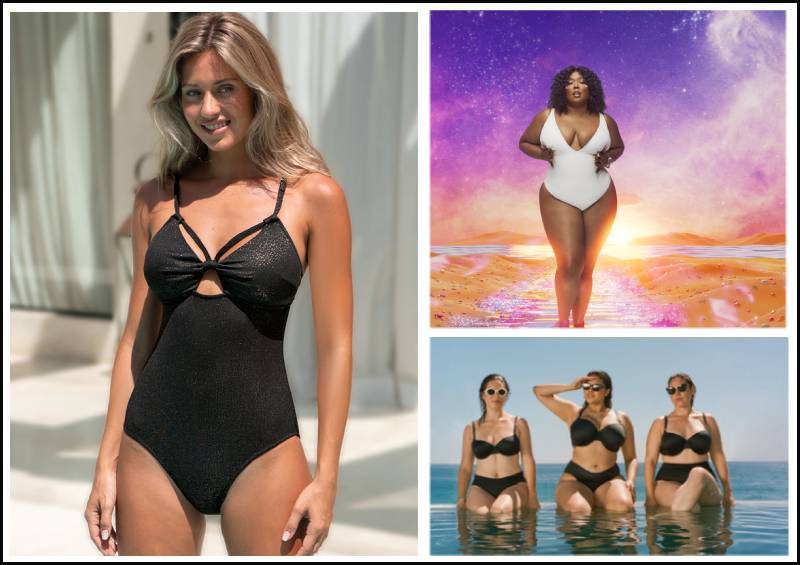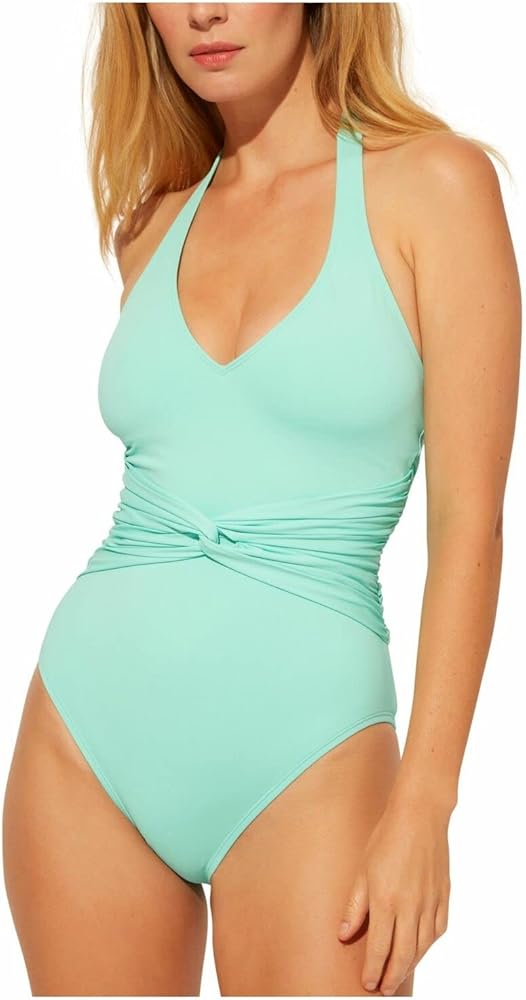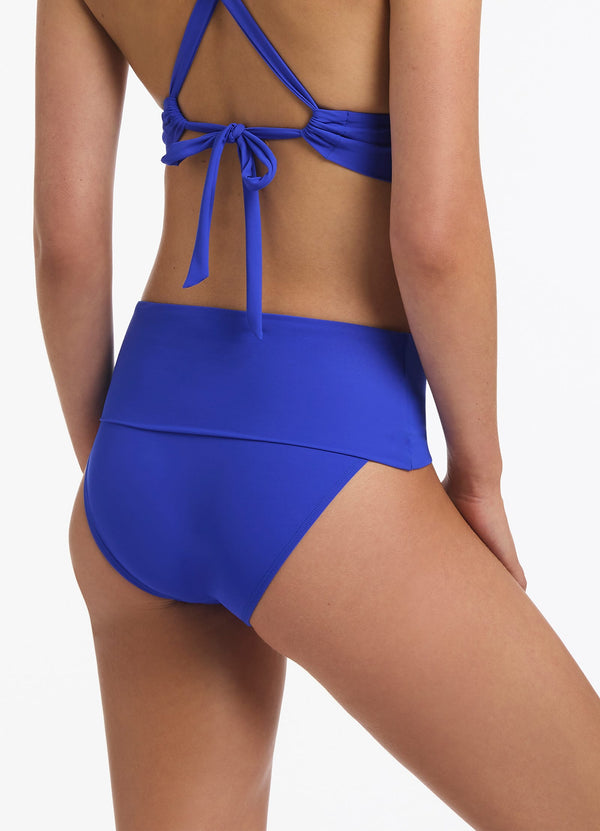Content Menu
● The Science of Quick-Drying Fabric
>> Understanding Moisture Management
>> Evaporation Rate
● Materials That Make a Difference
>> Polyester
>> Nylon
>> Spandex (Lycra)
>> Eco-Friendly Fabrics
● Design Features Enhancing Quick Drying
>> Minimalist Design
>> Mesh Panels
>> Sealed Seams
>> Color and Pattern Considerations
● Environmental Factors Affecting Drying Time
>> Humidity Levels
>> Sun Exposure
>> Wind
● Practical Tips for Faster Drying
>> Rinse After Swimming
>> Avoid Folding
>> Use a Towel
>> Choose the Right Condition to Dry
>> Avoid Over-Drying
● The Evolution of Swimsuits
>> Historical Context
>> Modern Innovations
>> The Rise of Athleisure
● The Impact of Swimwear on Performance
● Interviews with Swimwear Designers
● Comparative Analysis of Popular Swimwear Brands
● User Experiences and Testimonials
● Conclusion
● Frequently Asked Questions
>> 1. What materials are best for quick-drying swimsuits?
>> 2. Does sun exposure help swimsuits dry faster?
>> 3. How can I maintain the quick-drying properties of my swimsuit?
>> 4. Why do some swimsuits take longer to dry than others?
>> 5. Can eco-friendly swimsuits dry just as fast as traditional ones?
Swimsuits are essential garments for any water-related activity, whether you're hitting the pool, lounging at the beach, or participating in competitive swimming. One of the most fascinating aspects of swimsuits is their remarkable ability to dry quickly. This feature is not just a matter of convenience; it involves a blend of material science, design, and environmental factors. In this article, we will explore the reasons why swimsuits dry fast, the materials that contribute to this characteristic, the technology behind their design, and tips for maximizing their performance.

The Science of Quick-Drying Fabric
Understanding Moisture Management
Swimsuits are made from specialized fabrics designed to manage moisture effectively. The principle behind quick-drying swimsuits lies in their ability to wick away moisture from the skin and the fabric's surface. Moisture management is essential for comfort, especially when transitioning from water to dry land.
- Wicking Action: This is the process where moisture is drawn away from the skin to the outer layer of the fabric, where it can evaporate more readily. Fabrics like polyester and nylon are known for their excellent wicking properties.
Evaporation Rate
The speed at which water evaporates from a swimsuit depends on several factors:
1. Surface Area: The larger the surface area exposed to air, the faster the evaporation.
2. Air Flow: A breeze or air circulation can significantly speed up drying.
3. Temperature: Higher temperatures increase the rate of evaporation.
Materials That Make a Difference
Polyester
Polyester is one of the most common materials used in swimsuits. Its hydrophobic nature means it repels water, allowing it to dry quickly after being wet. Additionally, polyester is lightweight, durable, and resistant to fading from UV exposure, making it ideal for swimwear.
Nylon
Nylon is another popular choice for swimsuits. It has a smooth texture and is known for its elasticity. Like polyester, nylon also dries quickly, making it ideal for swimwear. Its ability to stretch without losing shape contributes to the overall comfort of the swimsuit.
Spandex (Lycra)
Spandex, also known by the brand name Lycra, is often blended with polyester or nylon to enhance the stretchability and fit of swimsuits. Although spandex itself retains water, its inclusion in the fabric mixture allows for a snug fit that helps with moisture management when combined with quick-drying fibers.
Eco-Friendly Fabrics
In recent years, the swimwear industry has seen a rise in eco-friendly materials such as recycled nylon and polyester. These fabrics not only dry quickly but also contribute to sustainability efforts by reducing waste and utilizing recycled materials. Brands like Patagonia and Speedo have introduced collections made from recycled plastics, which maintain performance while being environmentally conscious.

Design Features Enhancing Quick Drying
Minimalist Design
Many swimwear brands have adopted minimalist designs that reduce the amount of fabric used. Less fabric means less surface area for water to cling to, which aids in faster drying. This trend is particularly popular in competitive swimwear, where efficiency is key.
Mesh Panels
Some swimsuits incorporate mesh panels that allow for increased airflow. This design feature not only enhances comfort but also promotes quicker drying times by facilitating air circulation.
Sealed Seams
Swimsuits with sealed seams can help in reducing water absorption. This construction technique minimizes the number of water entry points, allowing the suit to dry faster when it is out of the water.
Color and Pattern Considerations
Interestingly, the color and pattern of a swimsuit can also influence its drying speed. Dark colors tend to absorb more heat from the sun, which can aid in evaporation. On the other hand, bright colors may reflect sunlight, potentially slowing down the drying process. Additionally, printed patterns may affect the fabric's surface texture, which can influence moisture retention and drying time.
Environmental Factors Affecting Drying Time
Humidity Levels
High humidity can slow down the drying process significantly. In humid conditions, the air is saturated with moisture, making it difficult for water to evaporate from the fabric. Conversely, in dry and windy conditions, swimsuits can dry much faster.
Sun Exposure
Sunlight can dramatically increase drying times. The heat from the sun not only warms the fabric but also promotes evaporation. This is why leaving your swimsuit in the sun for a while can help it dry more quickly.
Wind
Wind plays a crucial role in the drying process. When a swimsuit is exposed to wind, the moving air increases evaporation rates by carrying away the moisture-laden air surrounding the wet fabric. This is particularly useful when drying swimsuits outdoors, as a breezy day can significantly reduce drying time.

Practical Tips for Faster Drying
Rinse After Swimming
Rinsing swimsuits with fresh water after swimming in chlorinated pools or salty oceans can help maintain their integrity and drying efficiency. This simple step removes chlorine and salt, which can cling to the fabric and slow down drying.
Avoid Folding
Instead of folding your wet swimsuit, hang it up or lay it flat to dry. Folding can trap moisture in creases, which prolongs the drying process. Using hangers or clips can help spread the fabric out evenly for better airflow.
Use a Towel
After swimming, use a towel to blot excess water from your swimsuit before hanging it up to dry. This will significantly reduce the amount of moisture left in the fabric.
Choose the Right Condition to Dry
Whenever possible, dry your swimsuit in a well-ventilated area, ideally in the sun. The combination of air circulation and sunlight will speed up the drying process. If you're indoors, consider hanging it near a fan or heater to facilitate drying.
Avoid Over-Drying
While it's important to dry your swimsuit thoroughly, over-drying (especially in direct sunlight) can damage the fabric over time, leading to fading and loss of elasticity. Aim for a balance where the swimsuit is dry but not excessively exposed to harsh conditions.
The Evolution of Swimsuits
Historical Context
The design and materials used in swimsuits have evolved significantly over the decades. In the early 20th century, swimsuits were made from wool, which was heavy and retained water. As materials evolved, the introduction of synthetic fibers revolutionized swimwear, making it lighter, faster-drying, and more comfortable.
Modern Innovations
Today, swimwear technology has advanced to include features such as UV protection, chlorine resistance, and thermal insulation. These innovations not only enhance performance but also improve the overall experience for swimmers. Brands are now developing suits that can withstand the rigors of competitive swimming while also providing comfort for recreational use.
The Rise of Athleisure
The trend of athleisure has brought swimwear into everyday fashion, blending functionality with style. Many swimsuits are designed not only for swimming but also for activities like paddleboarding, beach volleyball, and even casual outings. This versatility has led to an increase in stylish, quick-drying options that appeal to a broader audience.
The Impact of Swimwear on Performance
Swimwear isn't just about quick-drying; it also plays a crucial role in athletic performance. Competitive swimmers often choose suits designed to reduce drag and optimize buoyancy. These suits may incorporate advanced hydrodynamic features that allow for smoother movement through water, improving speed and efficiency.
- Drag Reduction Technology: Some brands employ technology that minimizes water resistance, allowing swimmers to glide more effortlessly. This aspect is critical for athletes who rely on every advantage during competitions.
Interviews with Swimwear Designers
To gain deeper insights, it would be beneficial to include interviews with swimwear designers who can share their experiences in creating quick-drying swimsuits. They could discuss the challenges they face in balancing style, functionality, and eco-friendliness in their designs.
Comparative Analysis of Popular Swimwear Brands
A comparative analysis of popular swimwear brands such as Speedo, TYR, and Arena would provide readers with practical insights. This could include a look at their best-selling quick-dry swimsuits, customer reviews, and performance ratings. Each brand brings its unique technologies and design philosophies to the table, catering to different types of swimmers.
User Experiences and Testimonials
Incorporating user experiences and testimonials would add an engaging personal touch. Swimmers could share their stories about the swimsuits they've used, discussing which features they found most beneficial for drying time and overall comfort. These firsthand accounts can provide valuable perspectives for potential buyers.

Conclusion
The quick-drying nature of swimsuits is a combination of advanced materials, innovative design, and environmental factors. Understanding these aspects can help you choose the right swimsuit for your needs and appreciate the technology that goes into making swimwear both comfortable and functional. Whether you're lounging by the pool or diving into the ocean, knowing that your swimsuit will dry quickly can enhance your enjoyment of water activities.
Frequently Asked Questions
1. What materials are best for quick-drying swimsuits?
Answer: Polyester and nylon are the best materials for quick-drying swimsuits due to their hydrophobic properties. Spandex is often added for stretch and comfort.
2. Does sun exposure help swimsuits dry faster?
Answer: Yes, sunlight increases the temperature of the fabric and promotes evaporation, significantly speeding up the drying process.
3. How can I maintain the quick-drying properties of my swimsuit?
Answer: Rinse your swimsuit after each use to remove chlorine and salt, and avoid folding it when wet. Hang it up or lay it flat to dry.
4. Why do some swimsuits take longer to dry than others?
Answer: Swimsuits made from thicker materials or those with more fabric (like lining) may take longer to dry compared to minimalist designs or those made with quick-drying fabrics.
5. Can eco-friendly swimsuits dry just as fast as traditional ones?
Answer: Yes, many eco-friendly swimsuits made from recycled polyester or nylon are designed to dry quickly, often utilizing the same moisture-wicking technologies as traditional swimsuits.





































